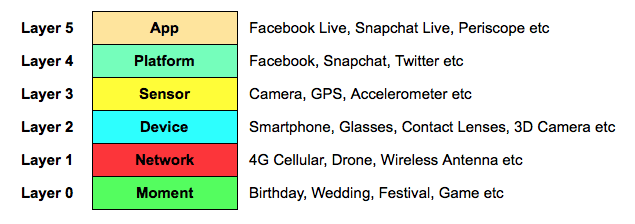Has your relentless pursuit of eyeballs ruined your relationship with readers?
I bet it has.
If all you do is dangle click-bait and recycle sales-talk, you're driving readers away―and wasting your chance for romance on the biggest social network of them all, email.
Only value keeps the relationship alive.
Newsletter publisher Inside proves it. In less than a year, the startup has attracted 300,000 readers. Its newsletters garner 40% open rates, 10% click rates.
The secret sauce? Good content.
"We think news on the internet is broken," the company's website says. "Too much writing is optimized and incentivized for traffic and virality, instead of impact and quality."
By focusing on value instead of hits, Inside keeps readers reading. And a happy reader shares her love―causing your list to grow.
The secret sauce? Good content.
"We think news on the internet is broken," the company's website says. "Too much writing is optimized and incentivized for traffic and virality, instead of impact and quality."
By focusing on value instead of hits, Inside keeps readers reading. And a happy reader shares her love―causing your list to grow.
So how does Inside do it?
- Five full-time staffers and 10 freelancers produce all the content for 28 newsletters. Staffers are generalists with multiple beats.
- Each newsletter comprises 70% curated content, 30% original. The content is "deep dive," business-only, and written for an advance audience.
- Staffers favor stories readers may have missed because other news outlets have ignored them.






















